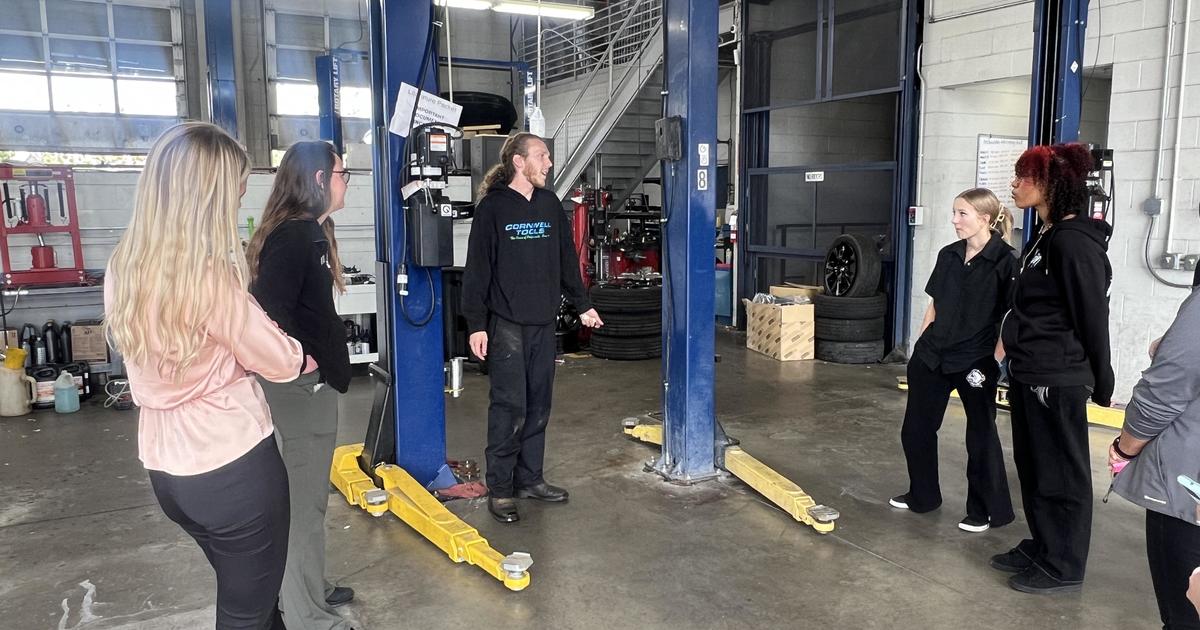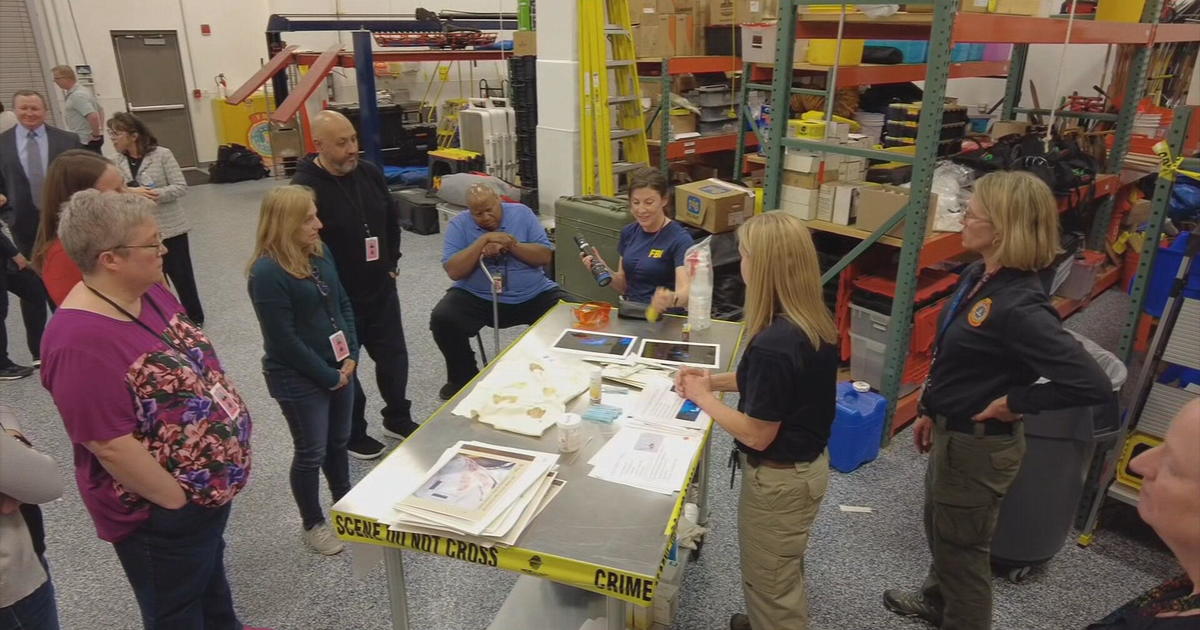Dr. Dave Hnida Explains The New Understanding About How COVID Spreads
(CBS4) - Doctors have learned a lot about how coronavirus is transmitted over the past six months. The thinking has changed quite a bit. In the beginning getting COVID from touching surfaces was really a big concern, but that's no longer as big of a big worry. CBS4 Medical Editor Dr. Dave Hnida explained in an interview on CBSN Denver the biggest way coronavirus is being transmitted now.
"(Concern over) surfaces was just a huge thing back when this whole thing started," he said. "If you think about those days, we were afraid to be touching surfaces. We were afraid to be touching our mail, opening packages, handling groceries. We were scrubbing down our fruits, our vegetables. And then we started to worry about could we get coronavirus from eating food. Would we get it from drinking water? And when we hit the summer, could we wind up getting it by going into a swimming pool?"
It turns out those things are not as significant as we once thought. Hnida says three things are now considered the main risk factors for transmission for catching COVID-19.
"First off still is surfaces. Surfaces are important from the standpoint of let's say that you have someone who is infected with COVID. They cough, they sneeze, they touch a doorknob, and then you go and you touch that doorknob a short time later, and then wind up touching your face and eyes, there's a chance that you could become infected. That's why the guideline is there for lots and lots of hand washing, as well as good hygiene."
"Then you go to the concern over droplet transmission. Droplets are microscopic saliva that winds up coming out of the mouth or nose whenever somebody coughs or sneezes or even talks loudly. And we know that those droplets have the potential if they have COVID in them to travel up to 6 feet and therefore potentially infect you. And that's why we say wear a mask and also keep that 6 foot social distance there."
"Third is aerosol transmission. What are aerosols? Aerosols are just even smaller bits of saliva that wind up coming out through the mouth and nose. And the problem with aerosol transmission through the air is we know that aerosols can travel 18 to 20 feet, they can remain in the air for hours at a time. And so we really get concerned that that could be a major mode of transmission. Therefore, there is that guideline: wear masks, make sure that you are in a well ventilated area, make sure there's fresh air and make sure you're not in tight enclosed spaces with other people."



